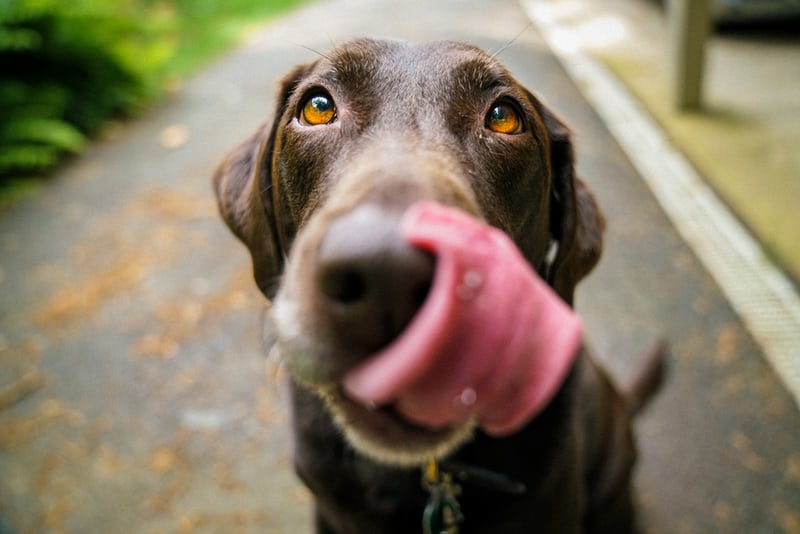As a pet parent, understanding your pet’s behavior and physical health is crucial, as it can provide insight into their overall well-being. Sometimes, changes in our pets can signify underlying health symptoms that may require swift action and, possibly, surgical intervention.
Identifying the Need for Pet Surgery
It’s not always easy to recognize when your pet needs a visit to the vet. It is crucial to observe your pet carefully and look for changes in their daily habits, including eating, sleeping, and play habits.
Recognizing Pertinent Symptoms in Your Pet
It’s important to be vigilant and recognize potential symptoms indicating your pet needs surgery.
Here are some of the most common signs to watch out for:
- Mobility Issues: Any signs of pain or issues with mobility, such as limping, stiffness, or reluctance in performing usual activities like jumping or running, could point towards serious conditions like an ACL injury or a fracture.
- Physical Changes: Unusual lumps or bumps on your pet’s body could indicate underlying ailments. It’s crucial to consult a vet for an examination in such cases as it might necessitate surgery, like in tumors.
- Behavioral Changes: Any shifts in your pet’s behavior, like showing increased aggression, lethargy, or decreased appetite, warrant prompt veterinary attention. These changes can be due to pain or discomfort and can signify serious health issues that might require surgical treatment.
Understanding Common Routine Pet Surgeries
Not all visits to a veterinarian are marked as an emergency. Common routine veterinary surgeries, such as spay/neuter surgery, are scheduled in advance. These are often recommended to bring an array of potential health and behavioral benefits for your pet, including a decrease in aggressive tendencies and the risk of certain cancers. If you’re considering such surgeries for your pet, it’s a good idea to go online and search for “veterinary surgeon near me” to find a suitable professional.
Reasons for Spaying or Neutering Your Pet
There are several compelling reasons for spaying or neutering your pet, including:
- Population Control: This procedure helps reduce the number of unwanted pets, thereby decreasing the burden on animal shelters and rescue groups.
- Health Benefits: Spayed or neutered pets have a lower risk of developing certain cancers, such as mammary gland, ovarian, and testicular cancers.
- Behavioral Improvements: Fixed pets often show decreased aggression, reduced urge to roam, and less likelihood of marking their territory indoors.
By choosing to spay or neuter your pet, you’re controlling the population, boosting their health, and improving their behavior.
Emergency Pet Surgery: What You Need to Know
Emergencies can occur anytime, and knowing what to do can be the difference between life and death for your furry friend. Some conditions, such as Gastric Dilation Volvulus (GDV), animal bloat in pets, hemoabdomen in animals, and Intervertebral disc disease (IVDD), may require emergency veterinary surgery.
Symptoms that Require Instant Veterinary Attention
In the life of a pet owner, it can be challenging, and at times even frightening, when your beloved pet exhibits signs of distress or illness. By staying informed about certain symptoms that require immediate veterinary attention, you can respond promptly, often making a significant difference in your pet’s outcome. It’s fundamental to remember that if your pet is displaying any concerning signs, it is always worth seeking veterinary advice without delay.
Here’s a quick breakdown of essential symptoms to watch out for in key pet health emergencies:
Gastric Dilation Volvulus
This condition, also known as bloat, can rapidly become life-threatening.
Key signs that your pet may be suffering include:
- Retching without actually vomiting
- A distended or painful abdomen
- Excessive drooling or salivation
- Rapid heart rate and shallow breathing
- Pale gums, indicating possible internal bleeding or shock
- Noticeable pacing, restlessness, or other unusual behavior
Hemoabdomen
This serious condition manifests as free blood in your pet’s abdominal cavity.
It often requires urgent surgical intervention, and symptoms include:
- Rapid or labored breathing
- Extremely cold extremities suggest shock
- Pale gums, another possible sign of shock
- A noticeably swollen abdomen
- Restlessness, weakness, or collapse
Intervertebral Disc Disease
If your pet shows signs of this condition, they may need urgent surgical treatment.
Signs include:
- Sudden problems with mobility, particularly in the limbs
- An inability to use their back legs
- Obvious pain or discomfort in the limbs
- In severe cases, complete paralysis
Always call your veterinarian if your pet displays any of these signs. The faster they receive treatment, the better their chances of recovery.
Critical Postoperative Care for Pets
Post-surgery care is as important as the surgery for your pet’s recovery. Ensuring you’re educated in pet post-surgery care is crucial to avoid complications and speed up your furry friend’s recovery process.
Essential Tips for Home Care After Pet Surgery
After your pet has undergone surgery, it’s essential to provide proper home care to facilitate their recovery.
Here are some crucial tips to bear in mind:
- Monitor your pet for signs of infection: Check for redness, swelling, or discharge at the surgery site.
- Ensure your pet’s comfort: Set up a quiet, comfortable recovery space where they can rest undisturbed.
- Make necessary dietary adjustments: Follow the veterinary recommendations for any dietary changes to support their healing.
- Ensure adequate rest: Limit their physical activity as advised by the veterinarian.
- Provide emotional support: Maintenance of a calm environment and offering plenty of love can support your pet’s emotional well-being and recovery.
Offering the right post-surgery care can expedite recovery and quickly get your furry friend back on their paws.
Assessing Pet Surgery Risks and Costs
Just like with any medical procedure, pet surgery carries its own set of risks. If your pet is older or has other underlying health conditions, complications could arise. It’s important to weigh the benefits against potential pet surgery risks and to discuss any concerns with your veterinary surgeon.
Another essential aspect to consider is pet surgery costs. Depending on the procedure, the costs can vary significantly. Discuss cost implications with your veterinary surgeon, explore all options, and decide what is best for your pet’s health.
Conclusion
Your vigilance and prompt action are vital in determining if your pet needs surgery. Staying aware of your pet’s behaviors and consistently monitoring their health can lead to early detection of potential health issues. Consult with a veterinary surgeon, schedule regular pet health check-ups, and do not hesitate to seek immediate help if your pet displays concerning symptoms. This awareness and timely action can ensure your beloved pet’s long and healthy life.



